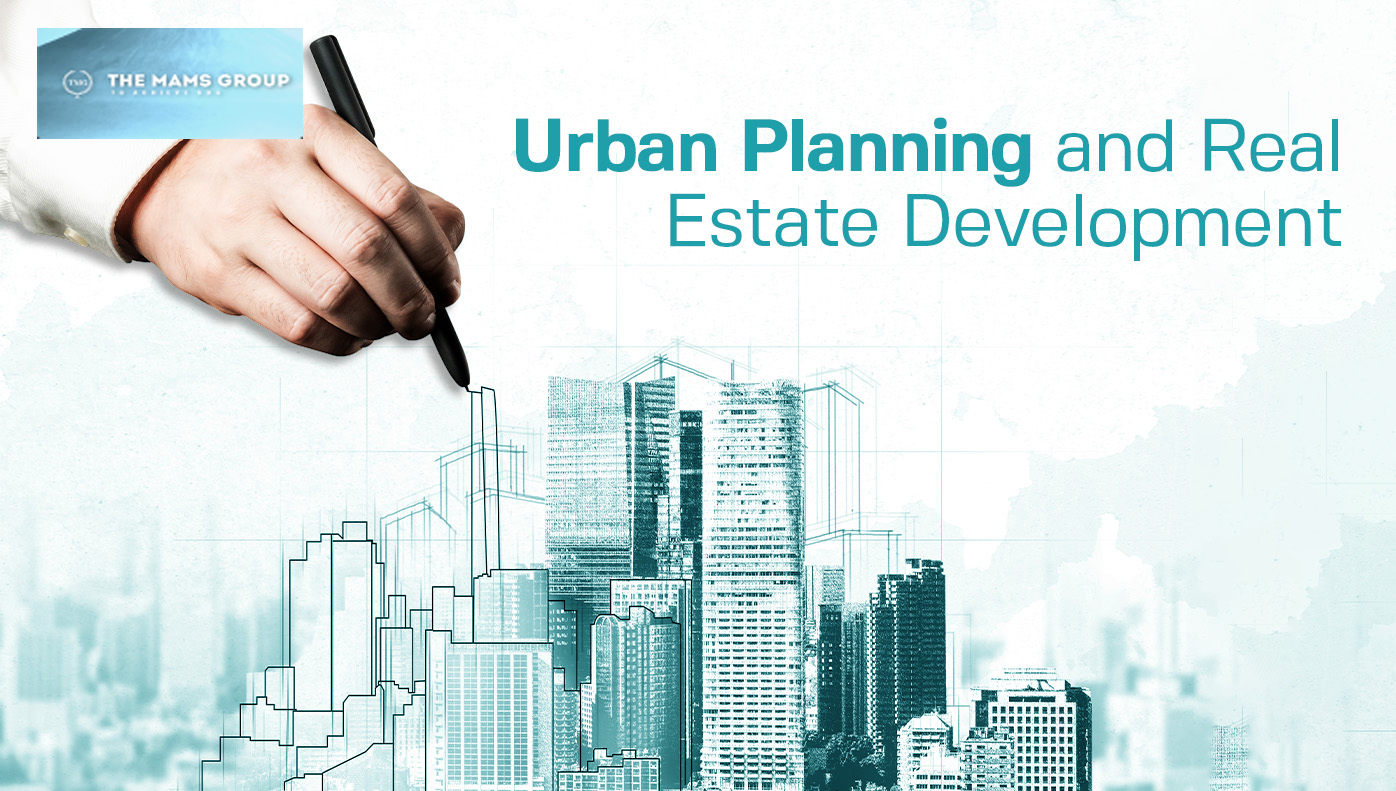OVERVIEW
India is one of the fastest-growing major economies in the world, with a GDP growth rate of 7.5% in 2021, according to the IMF. The country has seen a significant increase in foreign direct investment (FDI) in recent years, with FDI inflows increasing by 22% to $64 billion in the 2020-2021 fiscal year, despite the COVID-19 pandemic.
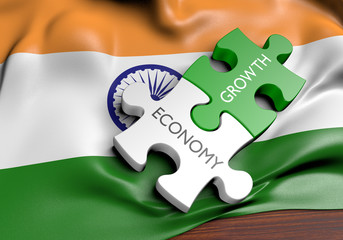
India's rapidly growing economy and youthful middle-class population make it an attractive market for real estate and infrastructure development, with ample opportunities for foreign investment and collaboration.

The country's second-largest population and urbanization trends offer potential for high returns. The government's goal of achieving 100% zero emissions by 2070 has led to a strong emphasis on sustainable, green building designs and technologies, as evidenced by LEED/IGBC ratings. In addition, the government's production-linked incentive (PLI) schemes and other policy decisions have spurred economic activity, boosted GDP, and generated employment opportunities.
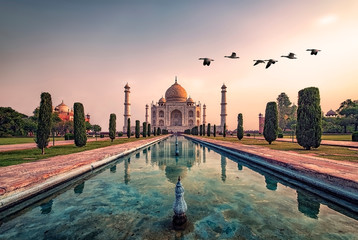
TAJ MAHAL
India has a diverse economy with a variety of sectors, including information technology, pharmaceuticals, automotive, textiles, and agriculture. The services sector is the largest contributor to the country's GDP, accounting for 54% of the economy, followed by industry and agriculture.
The Indian government has implemented several reforms to improve the business environment and attract more foreign investment, including the Make in India initiative, which aims to encourage companies to manufacture their products in India, and the introduction of a Goods and Services Tax (GST) to simplify the tax structure.
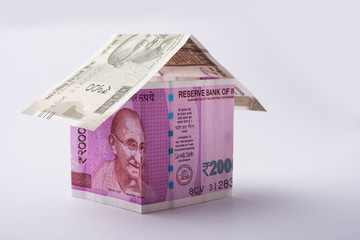
India's real estate sector is also experiencing growth, with the affordable housing segment seeing a significant increase in demand. According to a report by the Confederation of Indian Industry (CII), the Indian real estate sector is expected to reach a market size of $1 trillion by 2030.

India's growth is attracting attention from international agencies like World Bank, IMF, ADB, EU, and Bloomberg. The government's PLI schemes for electronics, including semiconductor chips and display systems, are worth billions of US dollars. Other initiatives, such as smart cities, airport and railway station redevelopment, and the National Logistics Policy, are also contributing to the country's growth. Advancements in technology and the telecom sector, including the launch of 5G, are further driving growth.
Education & Knowledge Park -Smart City

India has emerged as a popular destination for international students, particularly from Gulf and African nations. The country is witnessing a growing demand for Grade-I residential high schools, technical, medical, and management universities/institutions, skill development institutes, ITIs, and e-learning platforms. According to a report by ResearchAndMarkets.com, the education market in India is projected to reach $180 billion by 2020.
The new education policy approved by the Indian government allows foreign tie-ups and collaborations with universities, thereby creating new opportunities for foreign direct investment (FDI) in the sector. Collaborating with existing colleges/universities or developing greenfield cities are some of the viable business propositions in the education sector of India.
Electronics and SME Smart City

Fully equipped with residential and support infrastructure, our facilities offer the ideal environment for manufacturing environmentally friendly electronics and electrical products, such as solar photovoltaic modules, wafers, and polysilicon. In addition to qualifying for production link incentives and other government incentives, our facilities also provide IT parks, plug-and-play smart office buildings, 24/7 working environments, group housing projects, educational institutions, community and recreational facilities, and hotels and serviced apartments. Our comprehensive offering meets the current and future needs of our staff with on-site "walk-to-work" accommodations.
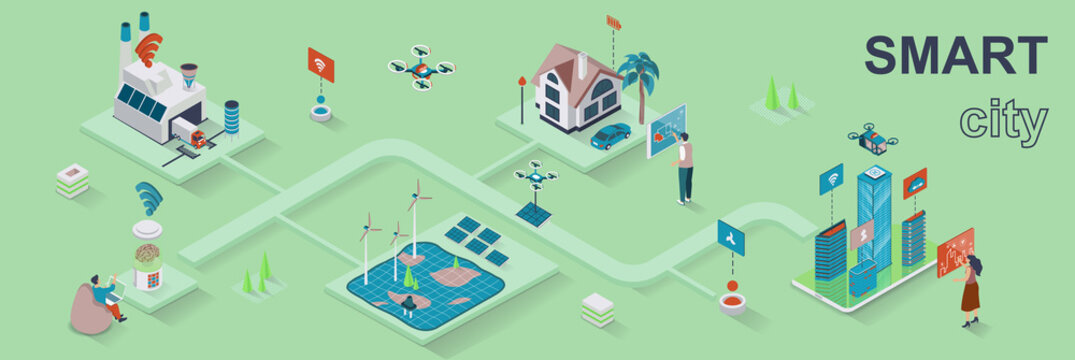
Satellite Township & Smart City
With India's rising GDP and increasing individual income, the demand for planned smart cities and satellite townships has grown tremendously. The influx of population from rural areas to urban areas has further accelerated this demand. The Indian government has already approved the development of over 100 smart cities in collaboration with state governments, with basic construction work already underway in the past two years. This development is aimed at catering to the needs of an urban population of 600 million people.
There is a pressing need for self-sustainable, well-planned, and environment-friendly township projects adjacent to existing Tier-1, 2, or 3 cities in India. This is due to the unplanned growth of population and the inadequacy of infrastructure, transportation systems, and basic amenities. The demand for such townships is evident from the fact that the urban population in India is expected to reach 600 million by 2031, as per the Ministry of Housing and Urban Affairs. Additionally, the Indian government has allocated INR 100 lakh crore ($1.4 trillion) for infrastructure development under the National Infrastructure Pipeline, which presents a significant investment opportunity for township projects.

Industrial Areas

The industrial city site will have different sizes of plots and ready-made modular planning based flatted ready-to-use units, modern R&D centers, product testing and certification labs, and ITIs supplemented with worker's facilities like health centers, creches and nursery schools, and canteens. The transportation system will consist of seamless rapid metro and electric highway, linking all three major parts of logistics hub, industrial, and residential districts of the township, boosting employment and sustainable residential districts in a single township/smart city.

Additionally, the Government of India, Ministry of Railways has invited expressions of interest (EOI) from investors to develop nine multi-modal cargo terminals entirely on railway land. These terminals will link industrial hubs and nearby industries with railways, provide warehousing and processing facilities, increase cargo handling capacity, and reduce logistics costs. These projects have good returns and offer a promising business model.
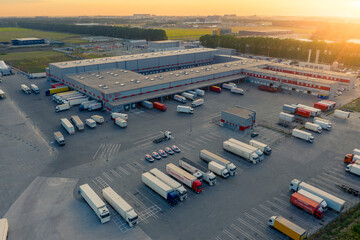
Logistic Parks
The demand for well-planned, self-sustained logistics parks supplemented with medium and large industrial areas is on the rise, especially with the need for rapid industrial growth and logistics hub requirements in India. These smart cities will offer complete infrastructure facilities, residential and commercial areas, educational institutions, community and recreational facilities, and health and hospitality services, all in a well-planned, environment-friendly environment.
One of the key drivers of the logistics sector in India is the new National Logistics Policy, which aims to develop a technology-enabled, integrated, cost-efficient, resilient, sustainable, and trusted logistics ecosystem for accelerated and inclusive growth of India. With the introduction of unified measures across different logistics modes, including roads, rail, port, airport, sea, and water port, and warehousing, the NLP Smart Industrial City will give a decisive edge to ease of doing business in India (EoDB). The city will be connected to a unified logistics interface platform (ULIP), which is a large secure network to provide real-time information to shippers, transporters, industries, exporters and importers, consignees, and government agencies.

In summary, the development of logistics parks and industrial areas is crucial for the growth of the logistics sector and the Indian economy. These smart cities will offer complete infrastructure facilities, promote ease of doing business, and create a sustainable ecosystem for accelerated and inclusive growth.
URBAN AFFORDABLE SMART HOMES

THE MAMS is supporting the growing demand for affordable housing in India, with a presence in various states including J&K, Uttar Pradesh, Telangana, Andhra Pradesh, Chennai, and Delhi-NCR. The Indian Government launched the Global Housing Technology Challenge-India in 2019 to encourage innovative construction technologies for the delivery of high-quality, sustainable, and cost-effective housing. The Light House Projects (LHPs) are model housing projects that demonstrate the use of selected alternate technologies suitable for the geo-climatic and hazard conditions of the region. MAMS Infracon is currently working on 1000 units in five different cities in India with five different LHP models.
MAMS Infra's Urban Affordable Group Housing Project is planned to be a 'Smart and Self-Contained Neighborhood' with sustainable infrastructure facilities, improving the quality of living for its residents. The project requires clusters of 1BR and 2BR units up to 90 & 110 Sq mt carpet area, connected to the city's mass transportation system. The company plans to use one of the already selected LHP technologies or a suitable technology for its development of affordable housing in various cities in India with an FDI partner, based on the site location, geo-climate, and hazard conditions of the region. The Central and State Governments' policies and tax incentives support MAMS Infracon's mission to provide affordable housing in India.
MULTISTORIED GORUP HOUSING
India's metro cities have high demand for well-planned and timely implemented group housing projects due to increasing population of middle and higher income groups. The project's location and connectivity to central business districts and neighboring areas increase the rate of return.
Although initial costs are high due to premium land rates and high construction and finishing specifications, young professionals are willing to pay. Mid-level and high-end projects offer incentives for installment payments and free add-ons. Facilities include modular kitchens, swimming pools, parks, and sports facilities. High-end specifications like fiber optic connectivity, 24x7 CCTV surveillance, and central command systems are now on offer. These luxury amenities are sought-after by the new generation of professionals. If delivered within the stipulated timeframe, group housing projects offer good returns.
CUSTOME DESIGNED STANDALONE VILLAS & ROW HOUSING

In spite of the limited availability of land pockets for low rise housing or villas in the prominent Indian metro cities, families still prefer to have independent living spaces. As a result, the areas adjoining the major cities and tier 2&3 cities, such as Hyderabad, Vijayawada, Chennai, Srinagar, Lucknow, Agra, Meerut, Aligarh, Mathura, Kanpur, and Delhi-NCR, offer ample opportunities for custom-designed villa, row housing projects, or low-rise apartment floors with modern amenities and infrastructure for an environment-friendly lifestyle. These locations are highly sought after due to their touch of local architectural features and ease of living away from the city's pollution, noise, and daily routine.
The demand for such neighborhoods and smart cities having low height independent houses and floors is growing, especially near waterfront, mountain valleys, forest reserves, and large green belts. Although families wish to enjoy the life of an independent stand-alone villa/home, the high base prices and paucity of large regulated approved land parcels make it difficult to fulfill their dream. However, by providing all amenities and landscaped areas in a little distant location from the main city, people readily go for such housing schemes. These developments offer a ready clientele, and if handled wisely and delivered within the stipulated time frame, offer good returns.
TOURISM PROJECTS

India's tourism industry is a significant contributor to its economy and foreign currency reserves, with a variety of tourist destinations such as heritage sites, mountains, beaches, rivers, and forests. Hotels, motels, holiday resorts, and commercial complexes with food courts, restaurants, and cafeterias directly benefit from the growth in foreign and local tourism, creating employment opportunities.
The demand for various categories of hotels, including budget hotels and time-share resorts, is driven by the middle and high-income population and foreign tourists. Major hospitality groups around the world have a presence in India and are looking to expand. Opportunities for project development in tourism include outright purchase of existing facilities or green field development, with every state having a tourist development policy and offering incentives. Prominent tourist destinations include The Taj Mahal, forts in Delhi, Agra & Jaipur, temples and beaches in South India, river boat cruises in Kerala, beaches in Goa, and mountains and houseboats in J&K.
IT PARK

India is a global IT leader, with highly educated professionals driving the software and data centers revolution worldwide. The industry generates significant employment and revenue, contributing to the country's GDP and foreign exchange. Demand for sustainable, environment-friendly IT parks, plug-n-play offices, and commercial complexes is high in both top cities and tier-2 and 3 cities. The growing middle class and high-income professionals drive demand for commercial complexes with entertainment facilities.
The Indian office real estate segment is rapidly recovering from the pandemic's impact and likely to exceed 1.2 billion sq ft by 2030. India's Grade 'A' office market remains a world leader in IT services, outsourcing, R&D development, and global capability centers across multiple sectors. Startups and unicorns also fuel demand for IT infrastructure.
HEALTH TOURISM

India's healthcare system has become a popular destination for medical tourism due to affordable prices for hospitals, diagnostic centers, and path labs. The government's emphasis on medical and nursing education has led to a significant outflow of competent doctors and nurses who are welcomed globally. India has a vast network of public and private hospitals, health centers, and clinics catering to its 1.35 billion population, but there is still a significant shortfall in the healthcare system. The demand for good and reasonably priced multi-specialty hospitals is increasing, driven by the middle-income group professionals who have health insurance and group insurance provided by their offices.
The government's provision of free health insurance to millions of poor families has also increased the demand for good health facilities in tier-2 and 3 cities. There are business opportunities in the medical sector, including opening new greenfield hospitals and mid-size hospitals in tier-2 and 3 cities. The availability of medical professionals and sites in attractive locations such as mountains, rivers, and seas create opportunities for medical rejuvenation and health tourism. A fully self-sustainable multi-specialty hospital with a tie-up for medical education from a renowned medical university could be a good business proposition.
Opportunities of Investment in Partly Completed Projects

